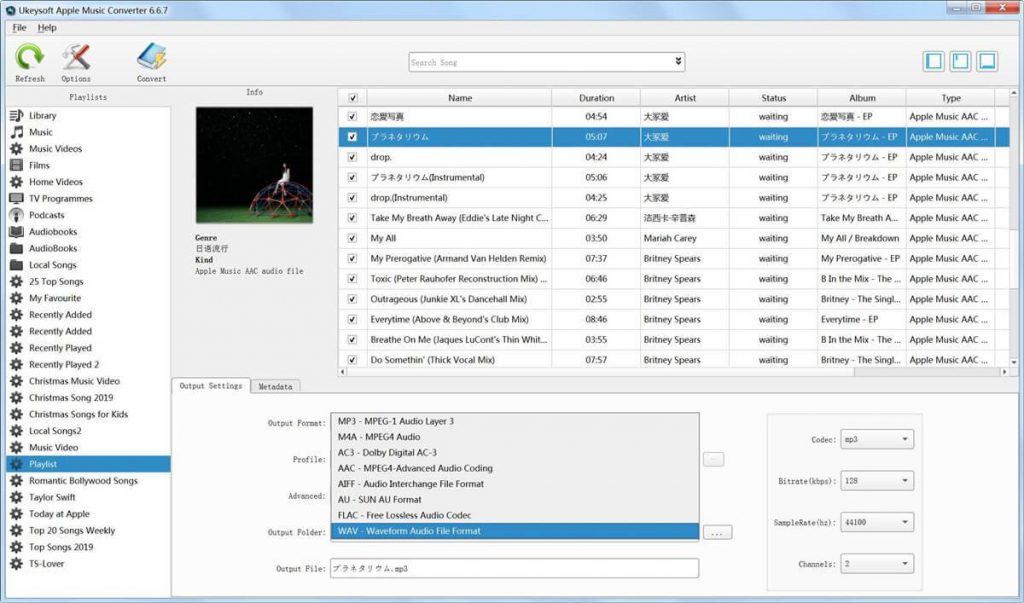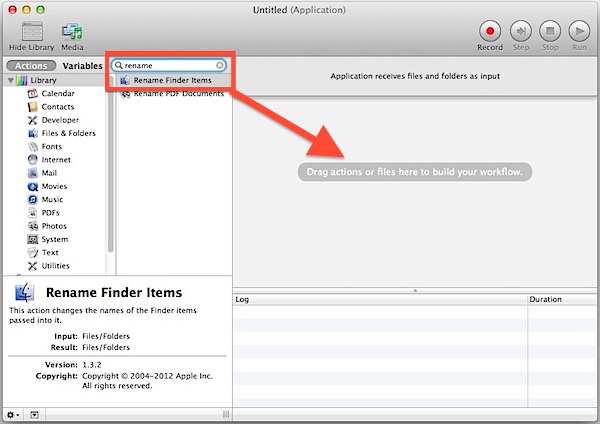

To use the Terminal to rename a file, simply apply the following syntax: mv path/to/oldfilename path/to/newfilename The Terminal is powerful for a number of reasons, so while it may not be the fastest, it is useful if you’re already digging through the terminal to manage your files. But it’s probably a bit over-the-top if you’re simply looking to rename a document or image.

The final–and likely slowest–way to rename a file is through the Terminal.

You probably already know about this one: double-clicking will allow you open something, but the idea behind a slow double-click is that you click once, wait a moment, and then click again. It has much more than meets the eye, but is pretty easy to master.Īs long as you’re using a mouse or trackpad, then the slow-double-click method might also be for you. Simply select multiple items you want to rename, right click, choose Rename, and you’ll be shown the following dialog. Tag processor will automatically fill tag information based on scans from online, the filename, or a text file. Tag editor can manually edit any field in a supported tag. Music renamer will rename physical files based on tag information. Delete files no matter their length or how they are named. TagScanner comes with four main functions, music renamer, tag editor, tag processor, and list maker. Know if the files are right before you copy. Check files and folders for compliance with different file systems e.g., NTFS, Fat-16, Fat-32, eFat, CDs, iOS, Linux and custom. The context menu method does have another powerful function in that you can rename multiple files with it. Find and rename problem files: bad paths, illegal characters, Linux & iOS (Mac) characters.


 0 kommentar(er)
0 kommentar(er)
